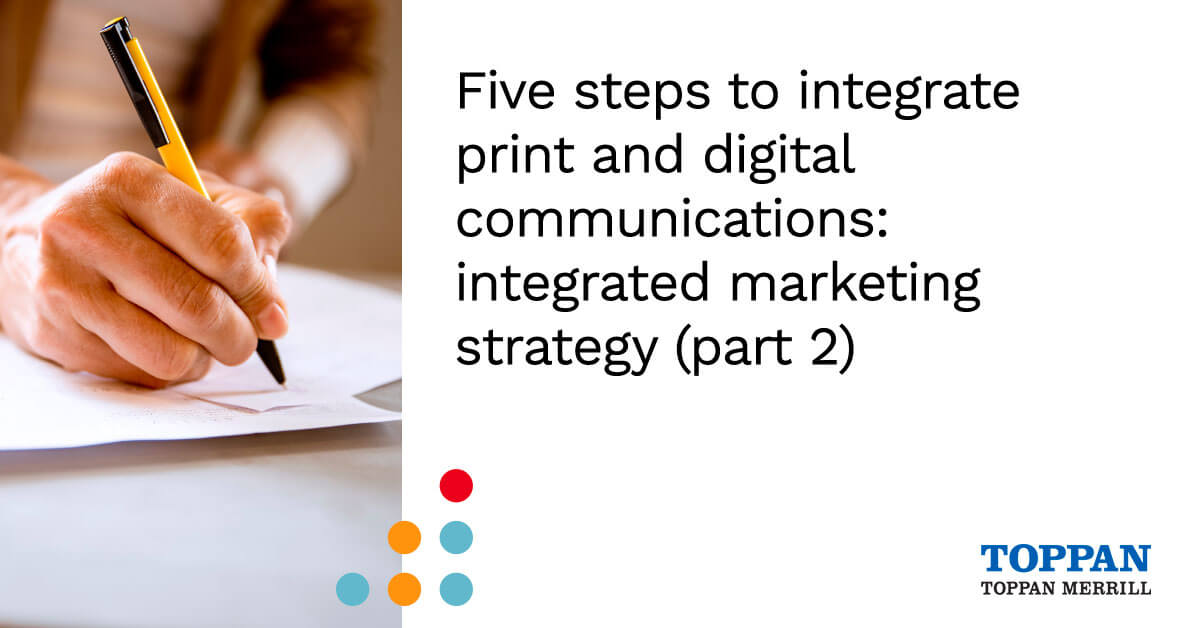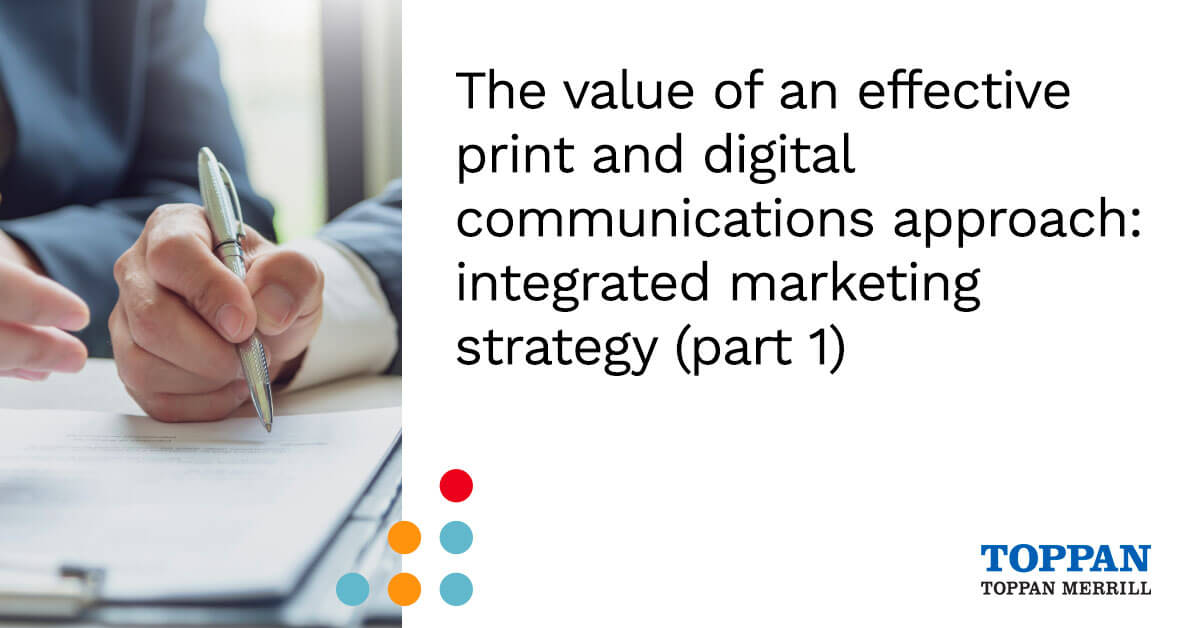Lead the Pack: Don’t Underestimate the Power of Accessibility
2020 was a year of disruption and change – change in how we work and learn, digital dependence, face-to-face interactions and diversity. Diversity and inclusivity are no longer just buzz words but have a much stronger meaning and importance when it comes to corporate responsibility. Making sure that everybody has access to the same consumer or user experience needs to be part of this corporate responsibility and cultural strategy.
Business leaders play a key role in this transformation. They have the ability to humanize the data research while addressing tangible issues that both benefit and improve consumers ability to participate and engage with your company. It means being accountable to a company’s stakeholders, investors, and the public to provide accessibility for everyone. A company with a strong commitment to inclusivity and corporate governance will be more conscious of their economic, social and environmental impacts on society.
The Benefits of Corporate Social Responsibility & Accessibility for All
There is a plethora of benefits to developing and maintaining corporate social responsibility, from increased revenue to an enhanced brand reputation. Similarly, accessibility also provides benefits for companies who take the extra step to ensuring that their communications are available to individuals with disabilities.
Accessibility allows for positive experiences and interactions with your prospects and customers and could turn them into brand ambassadors for your company if they witness your commitment to inclusivity.
Greater Diversity and Digital Inclusion
The American with Disabilities Act (ADA) compliance is nothing new for the financial services industry. For example, ATMs generally include braille on keypads for visually impaired or handicap accessible buildings, but financial institutions are finding themselves under the microscope when it comes to ADA compliance lawsuits. Diversity and digital inclusion in your communications is prompting a need for change. Together it focuses on inclusivity and an action plan for the future:
- ICT: Information Communication Technology is any digital file used to communicate from one person to another.
- AT: Assistive technology allows for tools to aid in vision, hearing, mobility, neurological, and cognitive assistance. For example, text-to-speech, screen readers, magnifiers, special keyboards, etc.
- Accessible PDFs and universal design of documents gives everyone the ability to understand what is being presented within the environment that they find most comfortable.
- Allows for assistive technology interaction so that customers can understand the information without needing to utilize a call center and potentially disclosing their disability.
Leading the Pack in ADA Compliance
Accessibility standards have historically been a focus of companies who have federally funded programs because of the regulations and compliance regulated by the US Access Board and Section 508. However, in today’s environment ADA is important for companies regardless of industry to make accessibility a priority. It can involve tagging and remediating your PDFs or making sure your website is fully compliant with Web Content Accessibility Guidelines (WCAG). If you’re not sure where to start with tagging and remediation or what the differences are, be sure to subscribe to receive our next blog “Harness Your ADA Accessibility Knowledge”.
Adapt and Accept New Reality
Some companies focus their attention on marketing mix and social media footprint. Others focus on their culture, product and customer base. When you think of your customer strategies, engagement, lead conversion and marketing productivity, don’t underestimate the power of accessibility. It can enhance your brand and company image while promoting a culture of corporate responsibility.
Toppan Merrill can help you in your quest for inclusivity by providing remediation services for all your communication needs. Contact us for a quote today.


